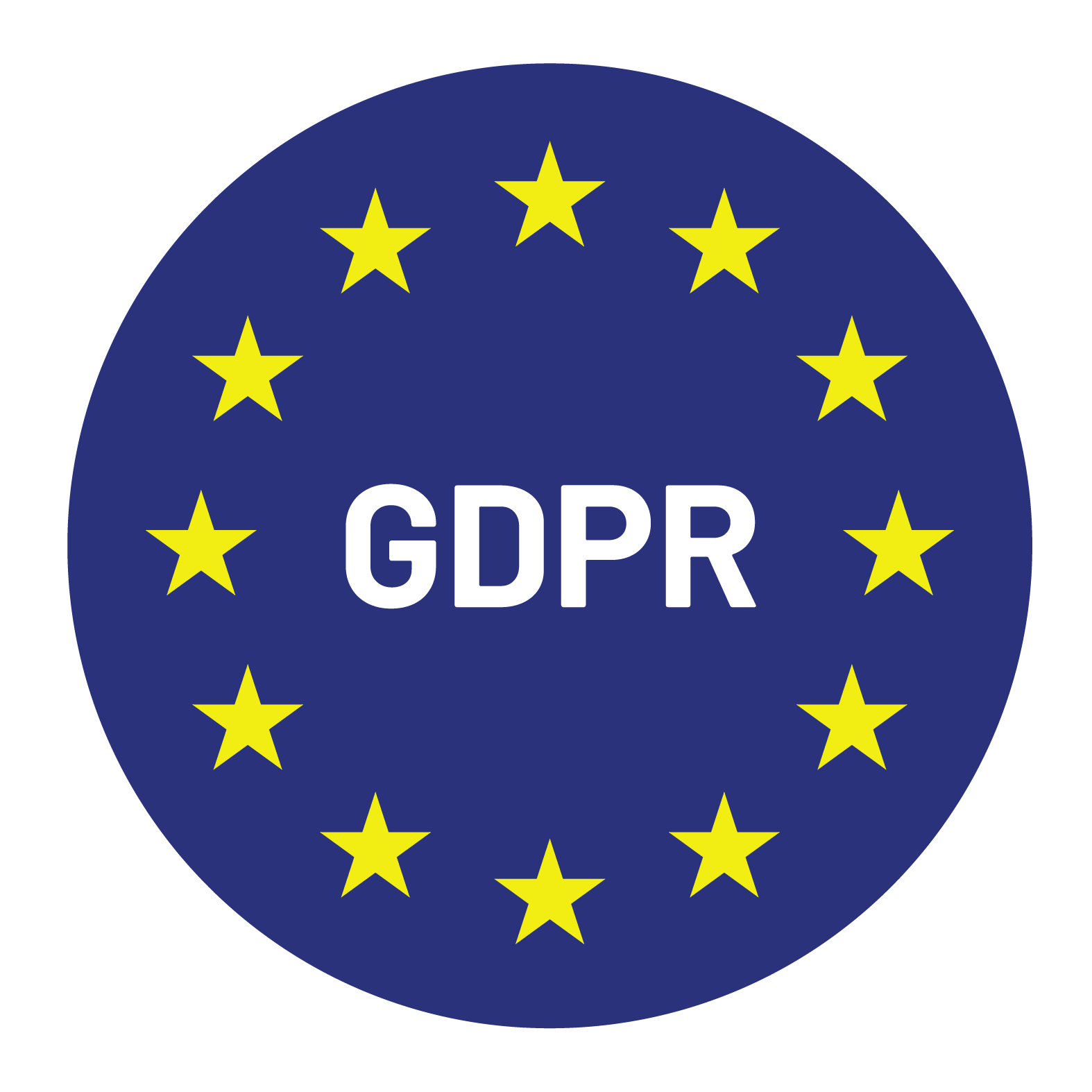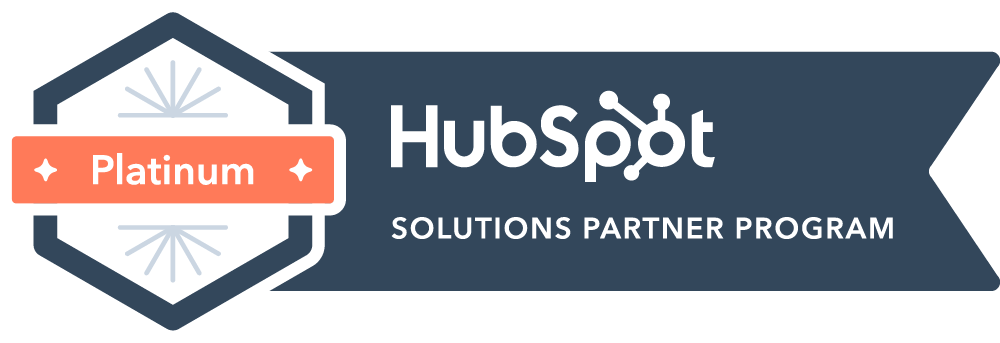

Content Writer for Whistle with multidisciplinary experience spanning over a decade.
Ask any founder what they’re most proud of, and you’ll hear a lot about revenue milestones, funding rounds, or logos on pitch decks. Those are all important. But here’s a better indicator of long-term success: culture. The way a team communicates when things go wrong. How new hires are onboarded without losing momentum. What people say about your company when they’re not in a meeting.
In the last five years, Whistle has booked over 30,000 qualified meetings for more than 300 B2B tech companies. We’ve helped early-stage startups land their first 100 customers, supported public companies with outbound programs at scale, and consistently generated over $15 million in monthly pipeline. None of that would’ve been possible without the structure that holds it all together: our culture.
Whistle Culture isn’t a set of platitudes in a Notion doc. It’s something we’ve built deliberately, tested in high-pressure moments, and shaped through feedback and action.
Culture starts with what you value and how consistently those values show up in real decisions. At Whistle, our culture is built on six principles: Transparency, Collaboration, Ownership, Growth, Respect, and Innovation. None of these are unique on paper. What makes them meaningful is how they’re put to work.
Transparency shows up in our weekly team-wide meetings, where leadership shares the good and the bad, what’s going well and what isn’t. We don’t sugarcoat challenges or hide behind corporate speak. If someone has a question, they get a real answer.
Collaboration is how we run campaigns. It doesn’t matter what function you’re in: SDRs, managers, copywriters, or analysts, everyone shares knowledge, data, and insights. That’s how we move quickly without cutting corners.
Ownership isn’t something we ask for. It’s something we reward. SDRs at Whistle have real autonomy. They see client feedback directly, test and refine their own messaging, and get visibility into the results of their work.
Growth isn’t just about hitting numbers. It’s about building skills. We encourage people to take on new challenges, move between roles, and stretch beyond their comfort zone.
Respect is built into how we communicate. Feedback is direct but never personal. Expectations are high, but so is support.
And innovation isn’t about flashy experiments. It’s about refining how we work every single day. From cold email systems to how we onboard clients into WhistleOS.
These aren’t slogans. They’re how we retain exceptional talent, help people win, and build a company that lasts.
Here at Whistle, communication is about creating visibility that drives alignment and trust. We’ve built a feedback culture where questions don’t get filtered through layers of approvals. SDRs can talk directly to leadership. Clients can speak directly with the people doing the work. That kind of access speeds things up and eliminates confusion.
Everyone is expected to communicate clearly, quickly, and respectfully. There’s no room for hidden agendas or vague instructions. If something’s unclear, it gets addressed in real time. That’s not just more efficient,it creates a healthier environment where people feel confident contributing ideas, flagging concerns, and sharing wins.
We run on Slack, Notion, and weekly standups but, the value comes from what we share: performance dashboards, campaign progress, hiring decisions, even revenue targets. Everyone sees the same scorecard. There’s no guessing when it comes to priorities, performance, or expectations.
That consistency builds confidence across teams and with clients. It also makes it easier to solve problems before they grow. People don’t wait for quarterly reviews or manager check-ins to speak up, they know they have the context, access, and support to fix things fast.
This level of transparency helps us move faster. It also helps us make better decisions. When people understand the “why,” they care more about the “how.” And when they care, they show up differently.
Every client campaign is a team effort. SDRs, analysts, creative, and leadership work together from day one—building the ICP, refining messaging, running A/B tests, and reviewing performance. When an SDR finds a subject line that performs 30% better, that insight doesn’t stay siloed. It’s shared across teams and applied wherever it’s relevant.
This level of cross-functional collaboration is intentional. Campaign leads loop in QA before a launch, not after. Operations and project management teams coordinate efforts across time zones to keep delivery sharp. Feedback flows between functions in real time, and retros are used to inform what we do next, not just to look back.
This kind of structure doesn’t slow things down. It shortens ramp times, increases consistency, and improves output. Campaigns improve because the people running them are working together, not just beside each other. Behind every qualified lead is a team that shared the thinking, owned the process, and delivered results together.
Ownership at Whistle isn’t a vague concept. SDRs are responsible for the entire execution of their campaigns — from the inbox to the follow-up, and everything in between. They have full context, access to data, and the ability to make changes. That also means they’re accountable for the results, good or bad.
But accountability shouldn’t feel like pressure. It should feel like purpose. We structure incentives around effort and initiative, not just output. If an SDR flags an issue early, suggests a smarter approach, or supports a teammate during a tight deadline, that gets recognized.
We don’t micromanage. We equip people with the tools, training, and trust to do their best work and step into more responsibility over time. That same mindset extends to Whistle Talent. Clients don’t just get more SDR capacity. They get people who act like an extension of their team, because they are.
People join Whistle to do meaningful work and to level up while doing it. Every SDR goes through a structured onboarding program built around real campaigns. From there, the support continues with weekly coaching, shadowing sessions, and access to a live playbook that reflects what actually works, not just what looks good on paper.
Growth isn’t limited by job title. We’ve seen SDRs step into campaign strategy, account management, training, and leadership roles, sometimes within months. There’s no single track. What matters is the willingness to learn, adapt, and put in the work.
We treat development as an everyday responsibility, not an annual checkpoint. It shows up in one-on-ones, debriefs, Slack threads, and promotion discussions. When people are given the right input and opportunity, they get better—and they get there faster.
We take culture seriously. Just not ourselves. Whistle is remote-first, but the sense of connection is real. Across time zones, cultures, and work styles, people show up with mutual respect and a shared standard for how we work and support each other.
Inclusion is how we operate. It shows up in how we interview, how we lead meetings, how we solve problems, and how we build campaigns that reflect the real-world buyers we reach out to every day.
We also make time for human connection. From quick Slack check-ins to virtual events and in-person meetups, we create space for people to get to know each other beyond tasks and tickets. It’s not about manufacturing culture. It’s about making sure this stays a place where people genuinely want to do their best work.
Culture isn’t a side benefit. It’s a performance driver. At Whistle, it’s why we’ve retained top talent, reduced ramp time, and delivered consistent results for more than 300 tech companies.
It’s also why we can scale outbound programs without sacrificing quality. Our clients trust us with their pipeline because they see the same standards in every interaction.
And our teams keep showing up; not just to hit numbers, but to raise the bar.
Culture doesn’t stay static. As Whistle grows, we’re investing in leadership development, onboarding, and internal systems that scale. The goal is simple: keep what works, and keep getting better.
We want to be a company people are proud to work for and proud to work with. That means staying consistent, staying clear, and always showing up with intent.
Culture is built decision by decision. Over the past five years, we’ve made thousands of them. Some small, some defining. All of them added up to the version of Whistle you see today.
It’s a culture that fuels results, supports growth, and stands up under pressure.
And we’re just getting started.
Want to work with a team that cares about how things get done? Explore careers at Whistle, or get in touch to see how our SDR teams can support your pipeline goals with the same clarity, consistency, and care we bring to our own.


© Copyright – Whistle 2023